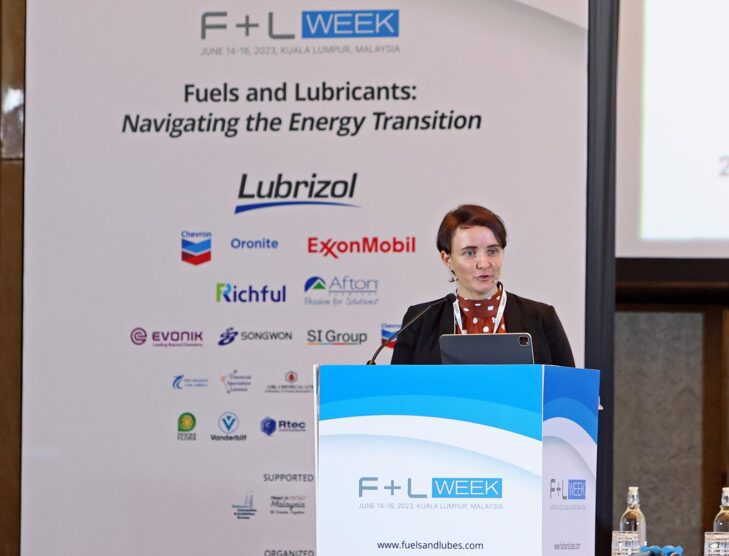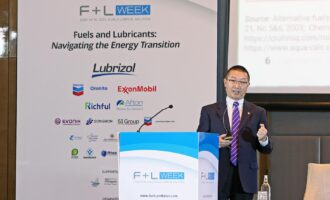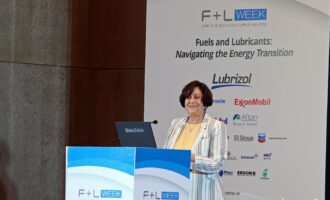
Immersion cooling fluids offer opportunity to diversify
Since 2010, the number of internet users has doubled to reach 65% of the world’s population and internet traffic has expanded twenty-fold. This translates into a substantial demand for computing and storage and an increasing need for dedicated data centres. There has also been an explosion in high-density computing as applications such as blockchain, artificial intelligence (AI) and machine learning become more prominent. Data centres are entering new and immature markets, such as Southeast Asia, says Charlotte Kehoe, technology manager, Asia Pacific at bp Singapore.
Speaking at F+L Week 2023 on Immersion Cooling for Data Centers, Kehoe emphasised that data centres and information and communication technology (ICT) industries are some of the largest energy users. Total electricity use increased from 220 terawatt hours (TWh) in 2015 to 320 TWh in 2021, excluding the contribution of crypto mining, and accounts for 0.6% of total greenhouse gas emissions. In Ireland, for example, data centre electricity consumption has tripled since 2015 and now accounts for 14% of total energy usage.
There is increasing pressure on the data industry to become more sustainable. This offers a significant diversification opportunity to lubricant manufacturers, says Kehoe. Cooling is one of the biggest levers for energy efficiency of data centres, she says.
The bp representative outlined the benefits of liquid immersion, compared to traditional air cooling or other indirect cooling methods. Submerging computer components in liquid that is thermally conductive, but not electrically (dielectric coolant), enables better energy efficiency, water efficiency/zero water, high energy/chip density and improved space utilisation.
Protection of parts from environmental factors, such as dust, etc., is also important in Asian geography. However, liquid immersion cooling is associated with a high upfront investment, new operational procedures and new infrastructure requirements.
Kehoe emphasised that bp Castrol has considerable knowledge in using fluids to manage heat derived from the automotive industry. This is fundamentally the same problem, but with a slightly different customisation, she says.
According to Kehoe, key properties of bp Castrol’s immersion cooling fluids include a very low viscosity—which enables efficient pumpability and heat transfer. Strong thermal properties are important with high-performing electrical insulation and a high flash point. The fluid requires high stability with elevated oxidation performance over time—as it can be subject to a lifetime fill or at least a very long drain interval.
Kehoe outlined the importance of no Global Warming Potential (GWP) or Ozone Depletion Potential (ODP), a challenge faced by existing two-phase immersion cooling products.









